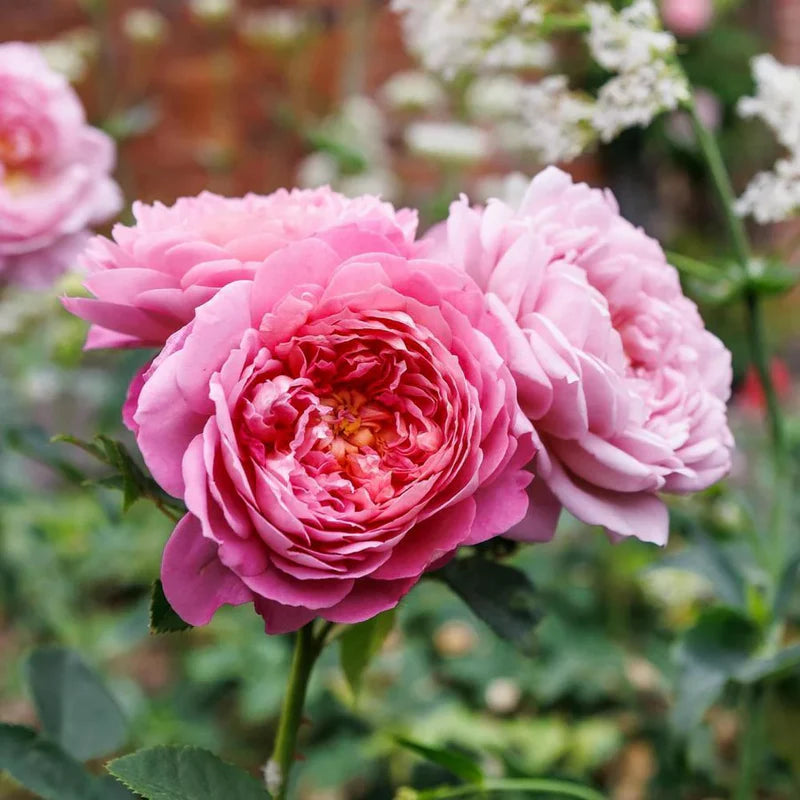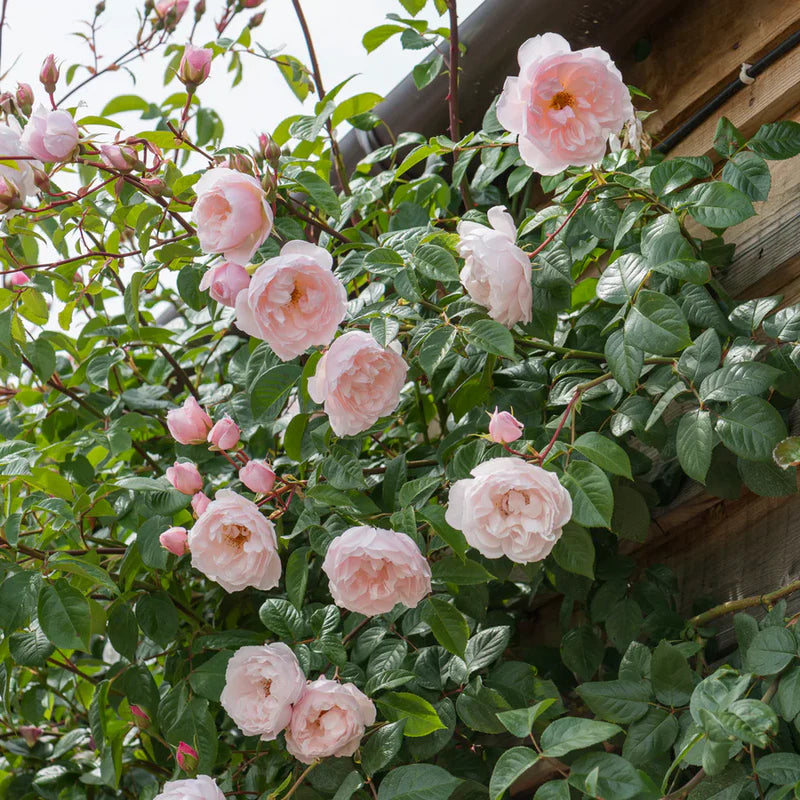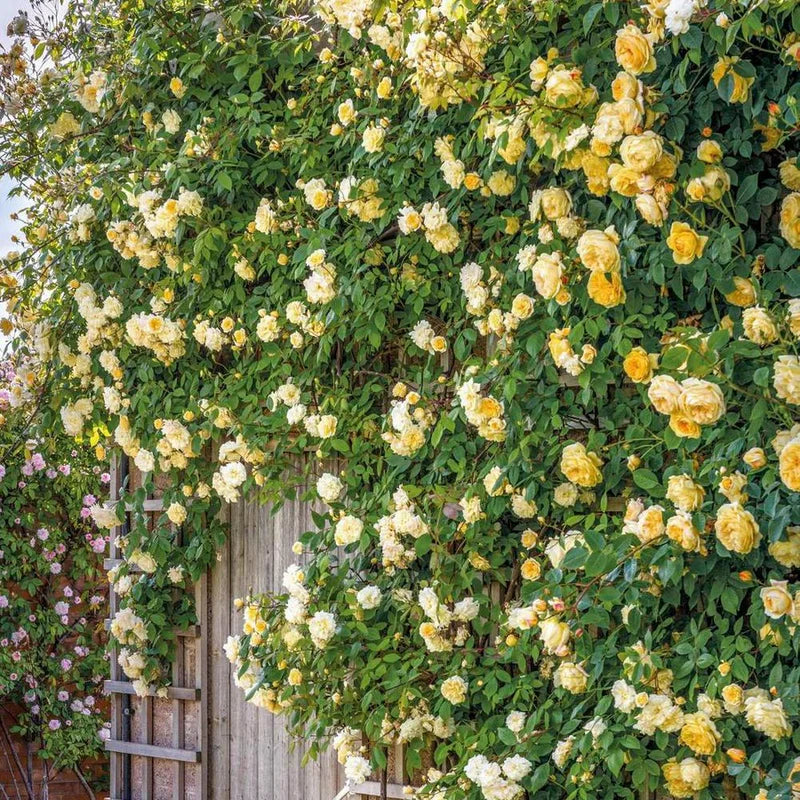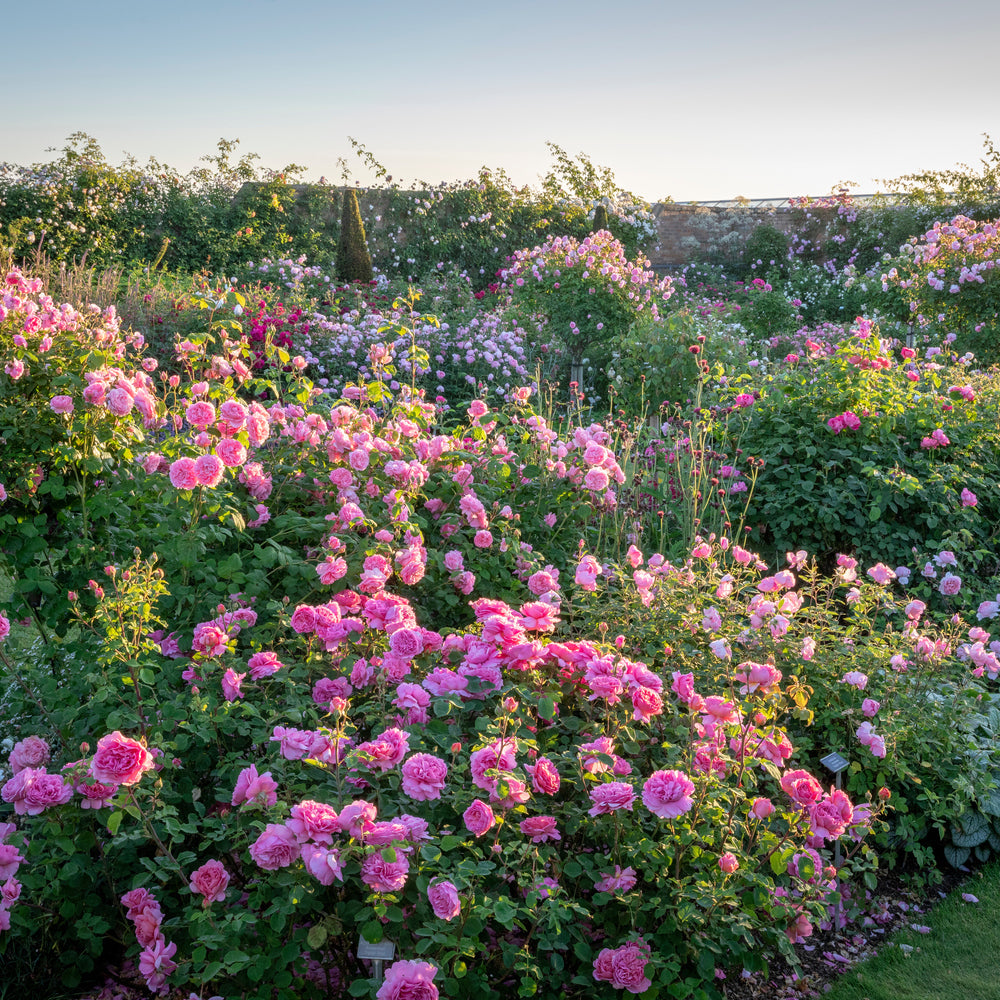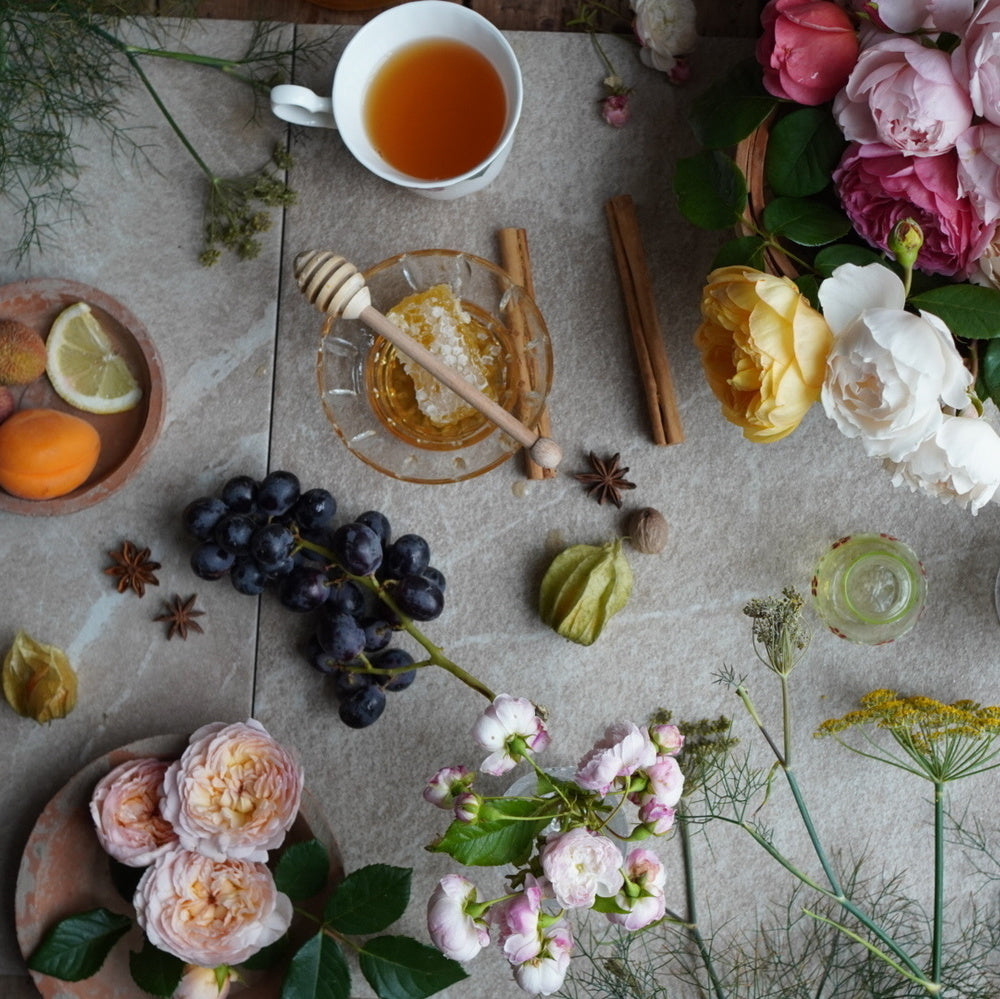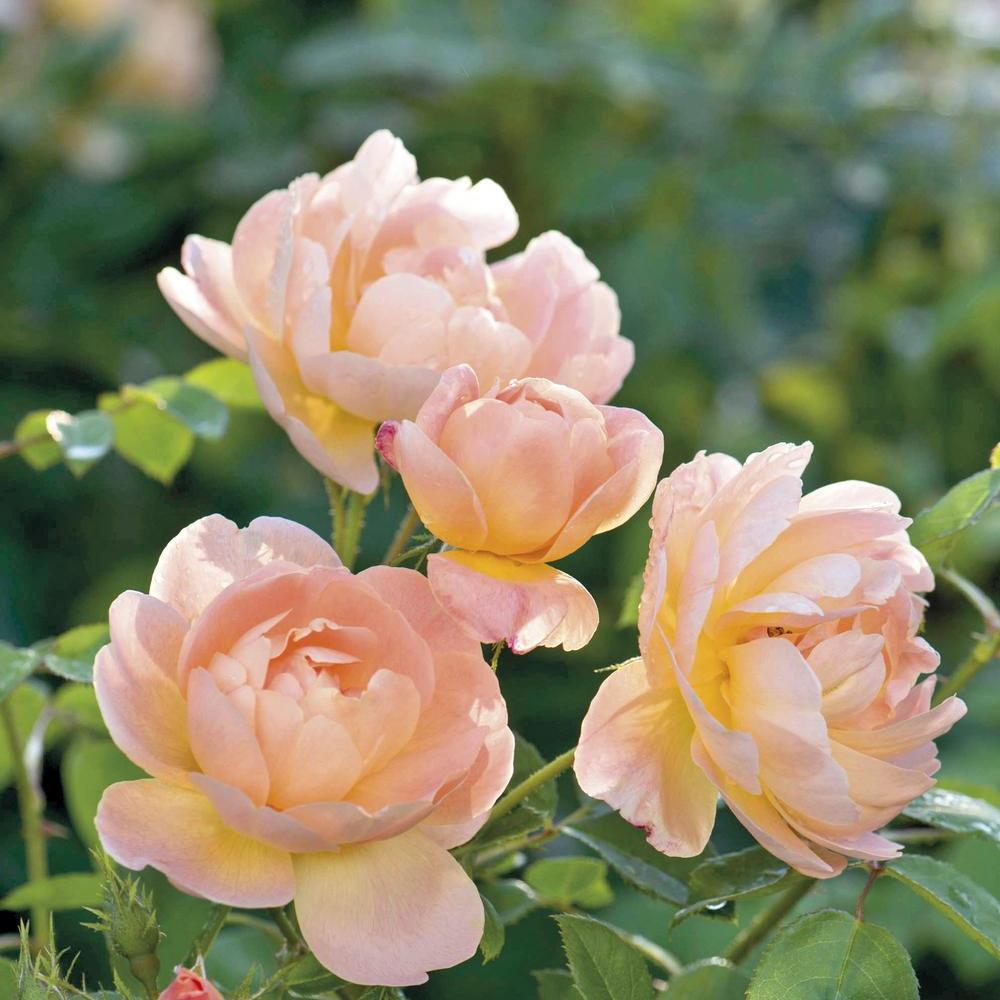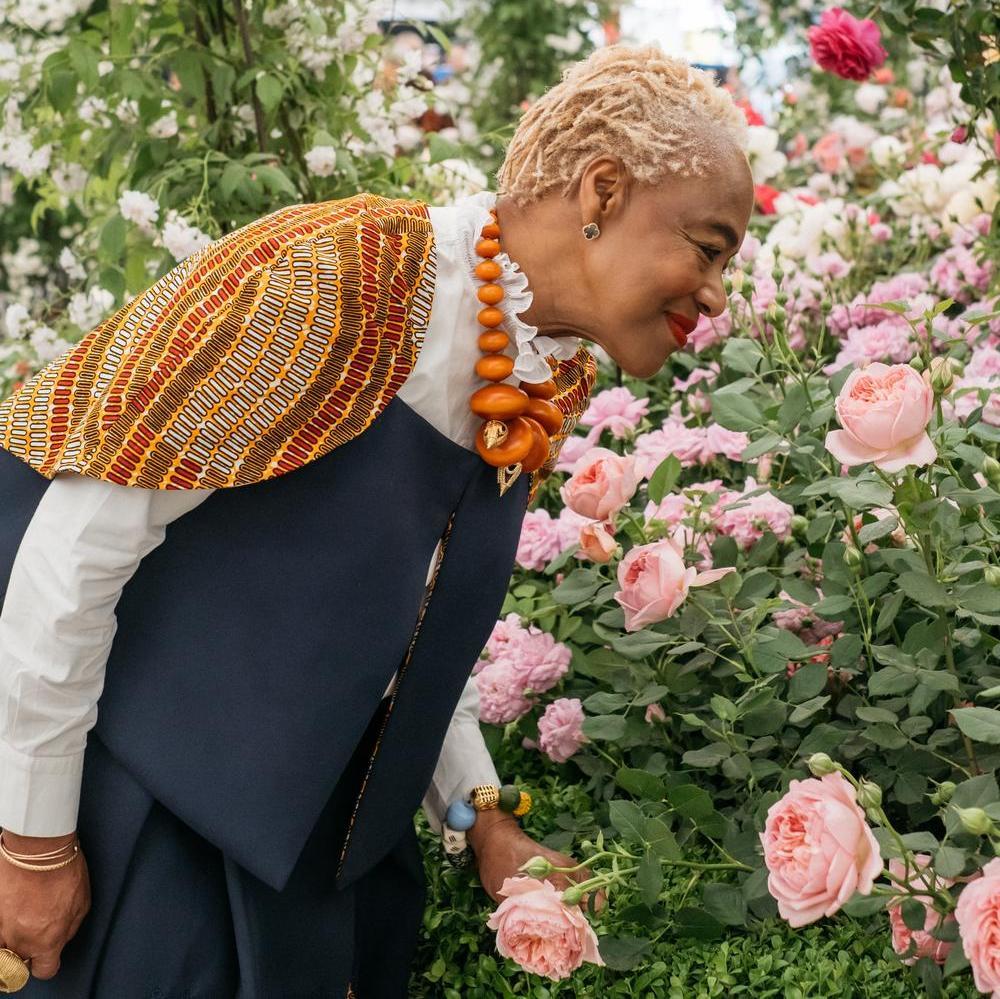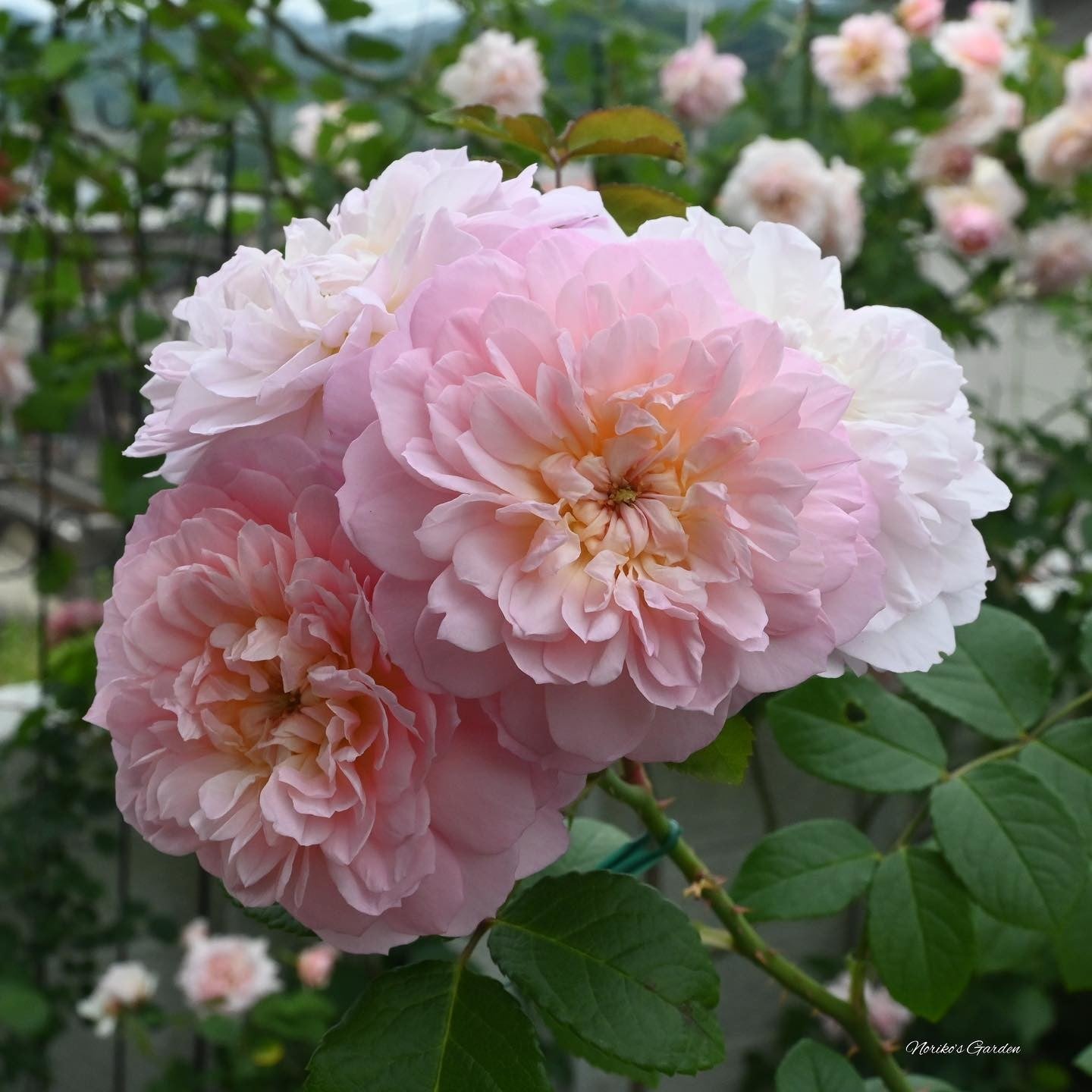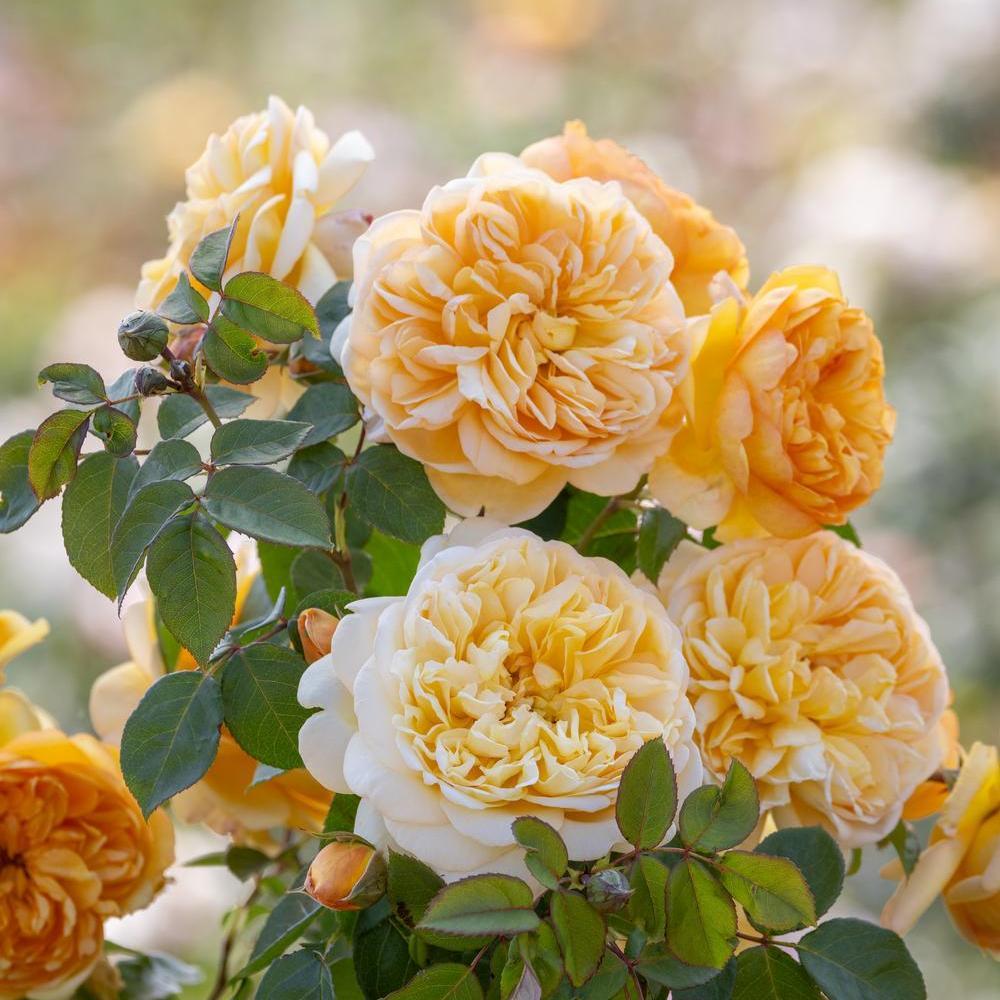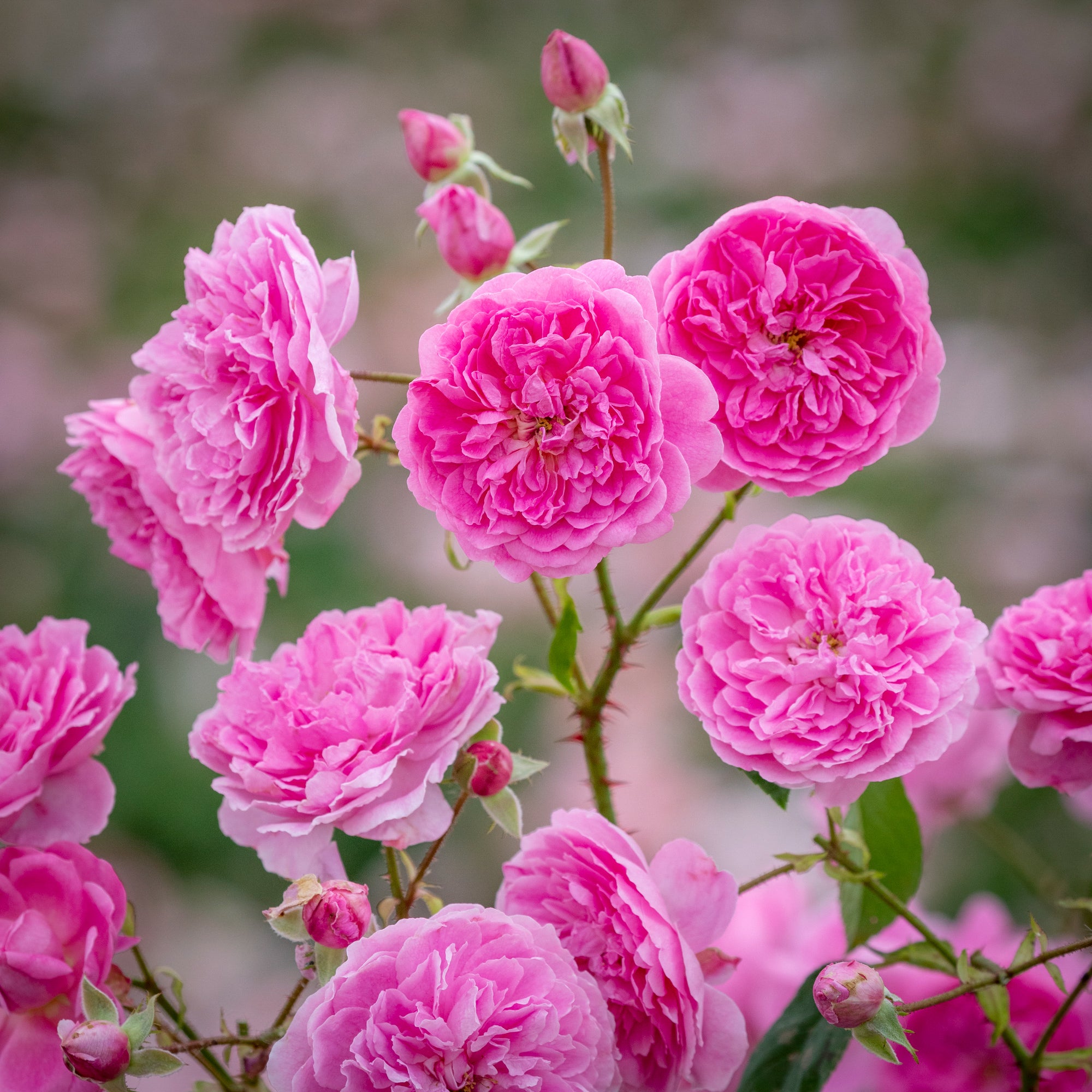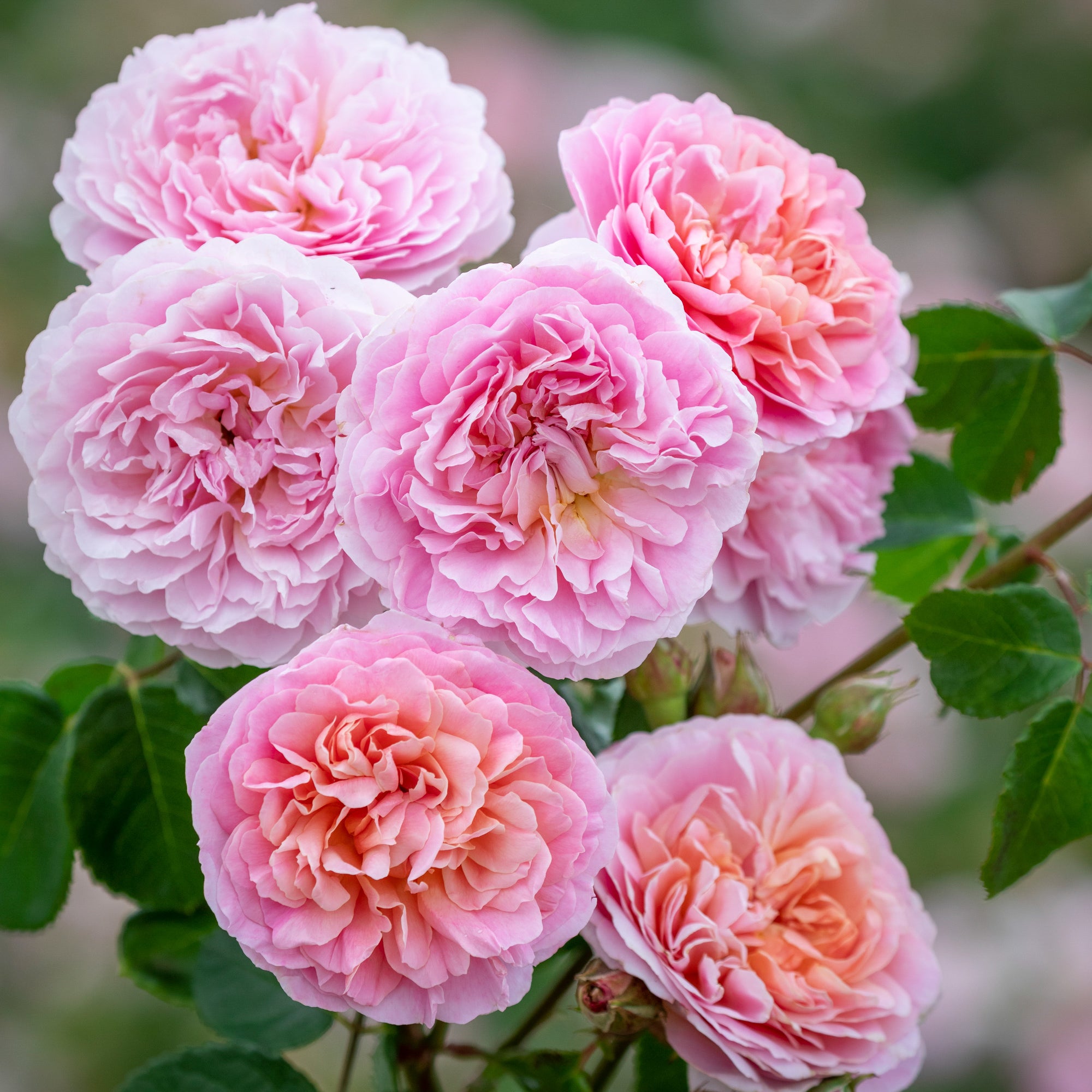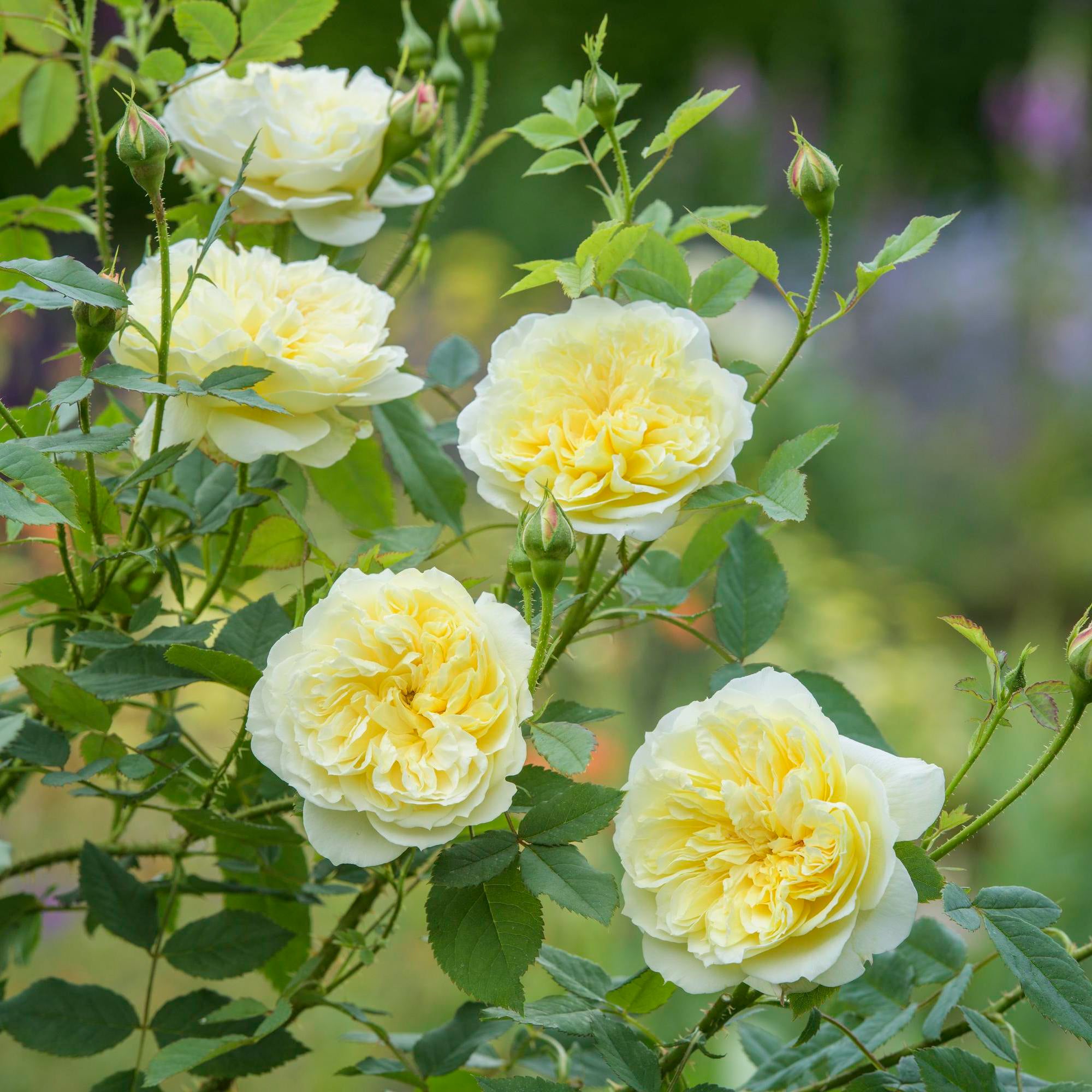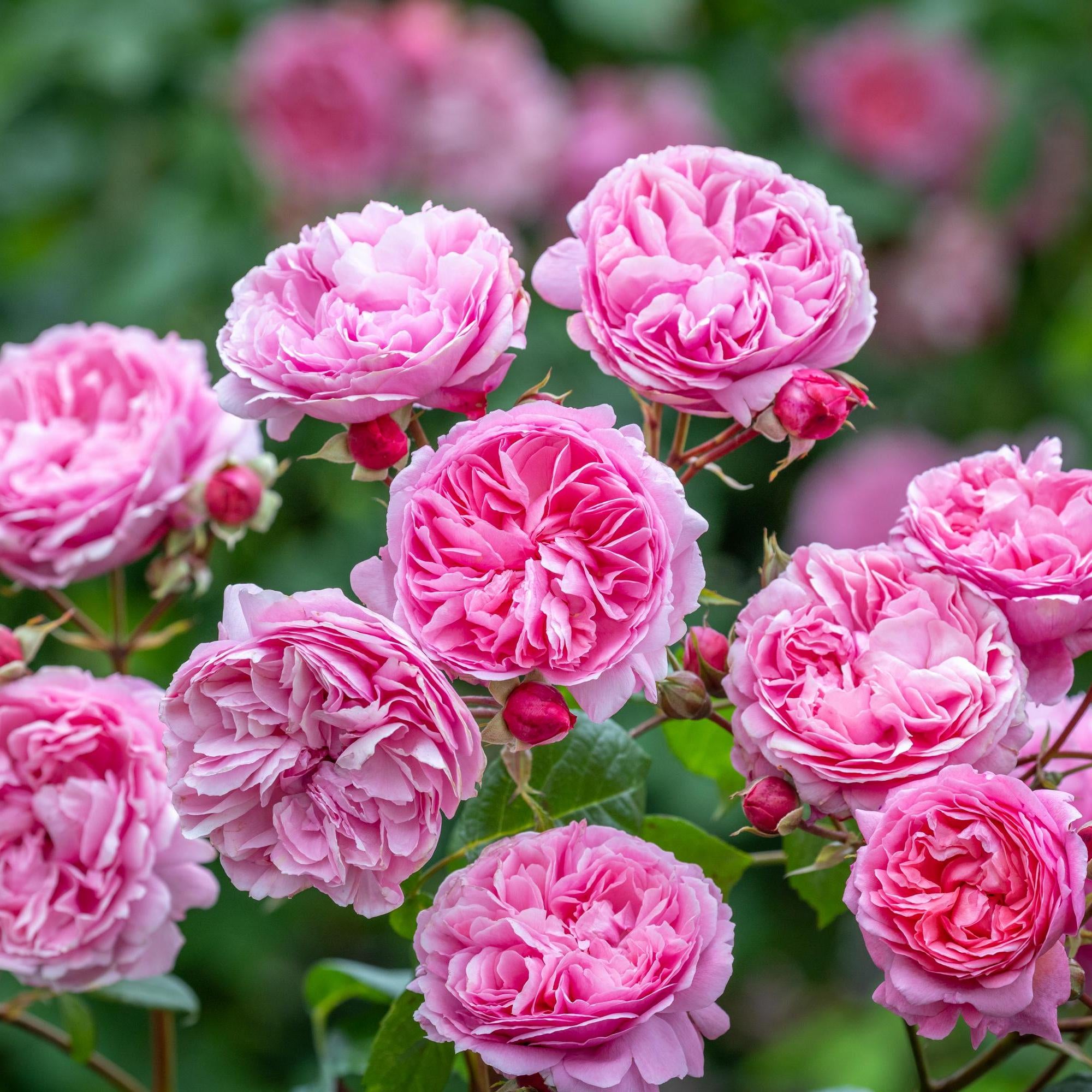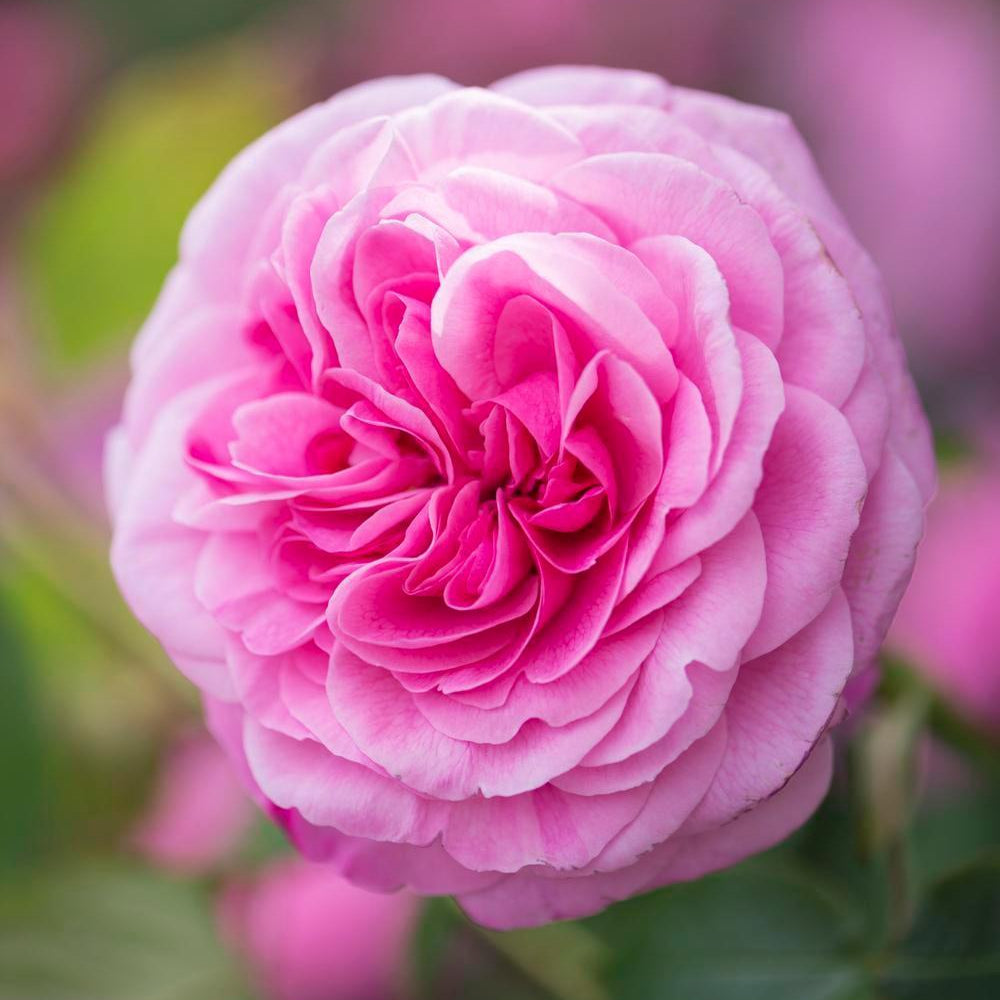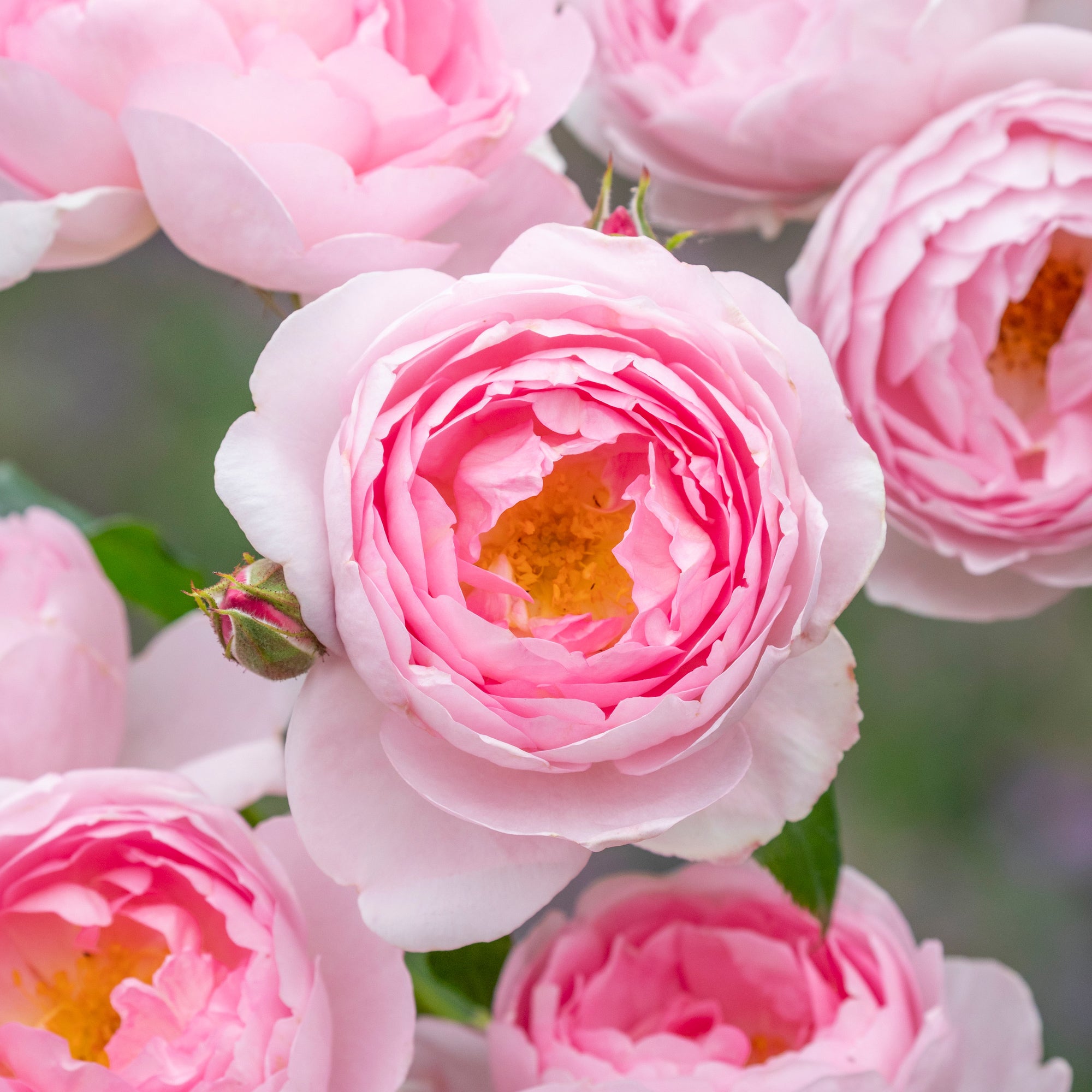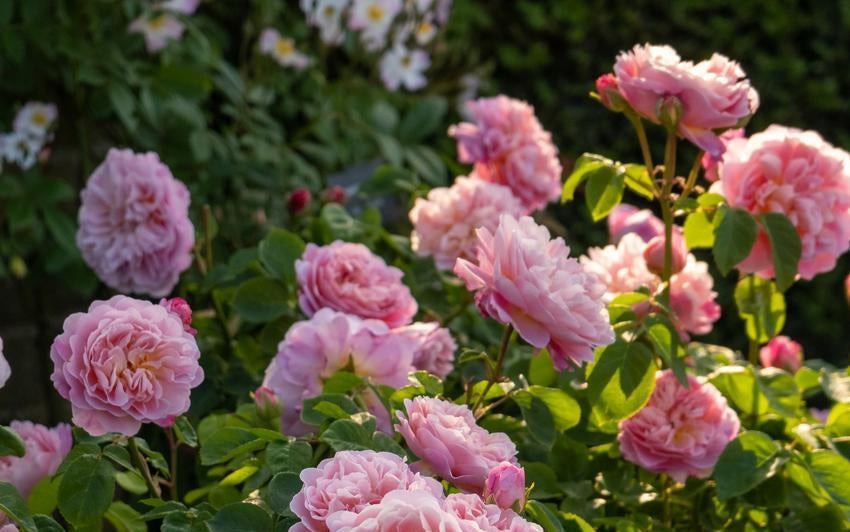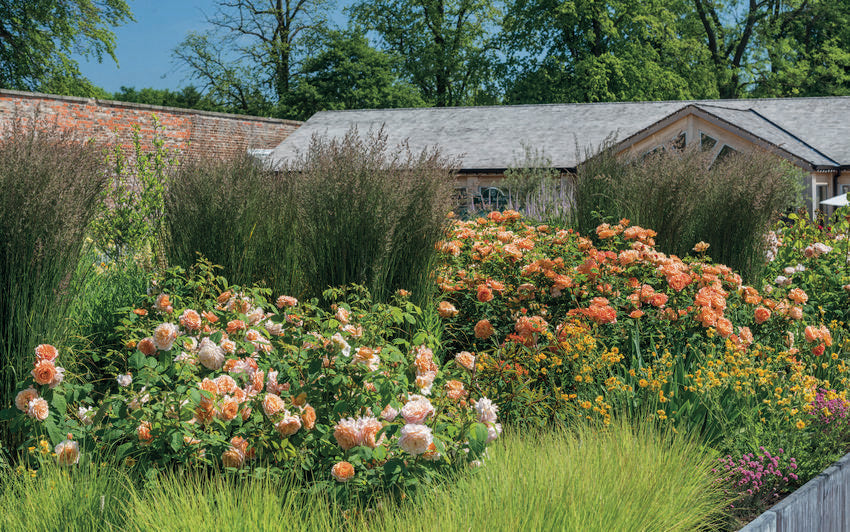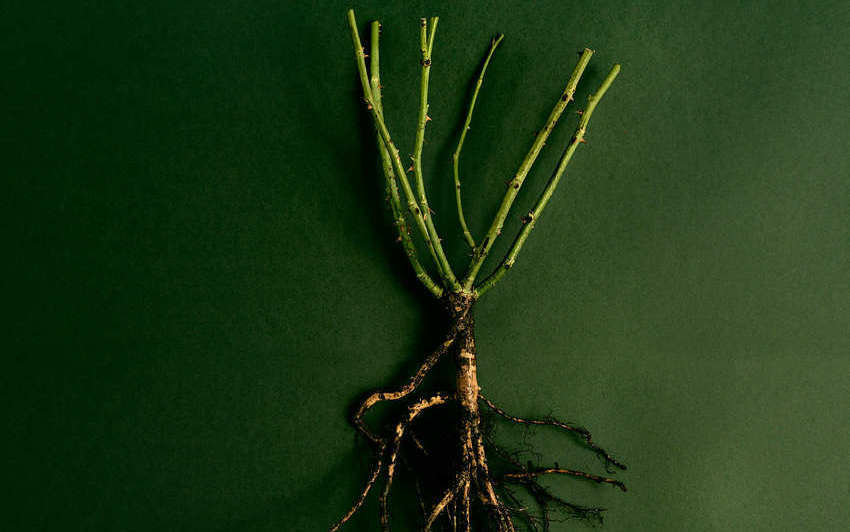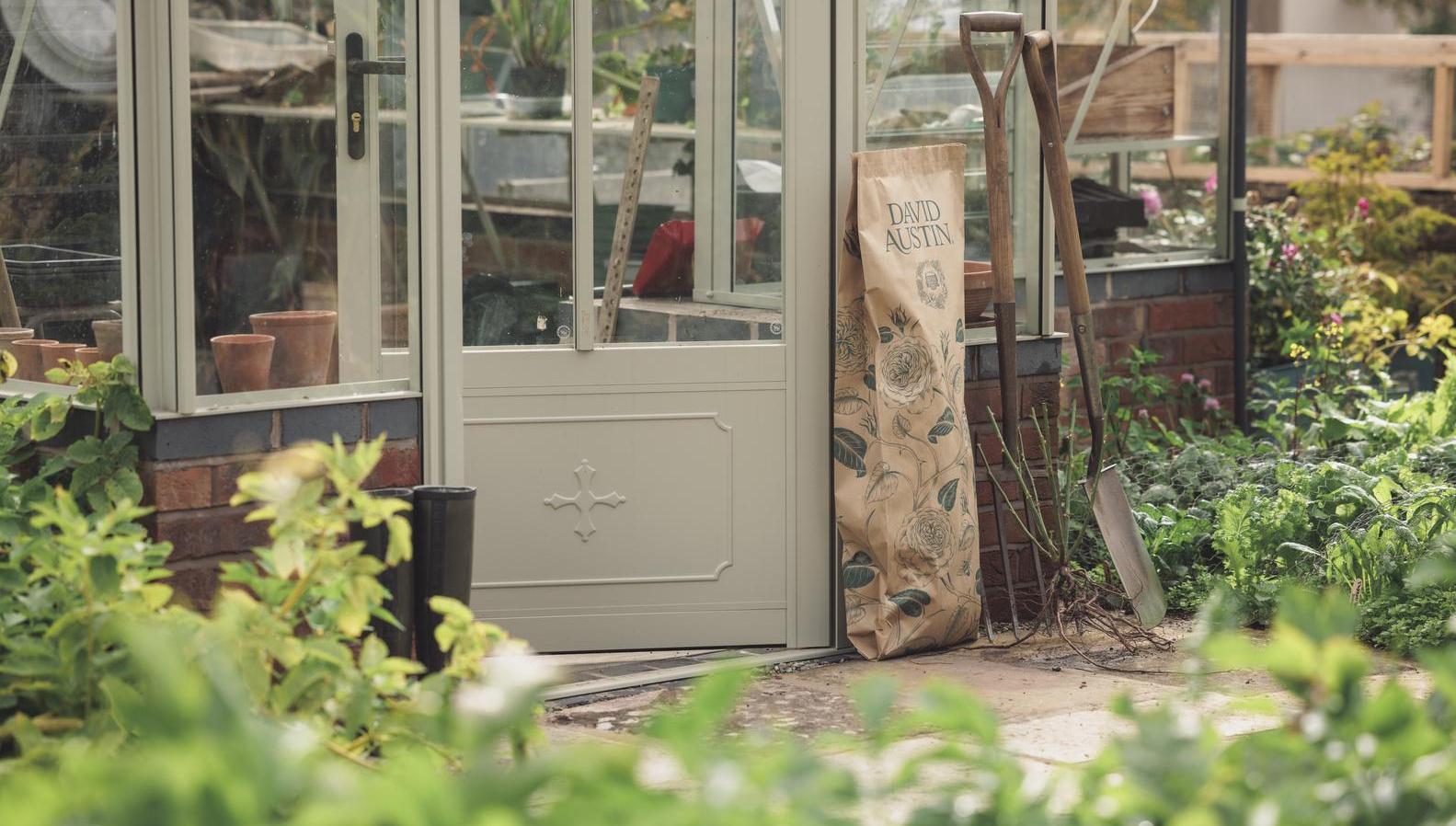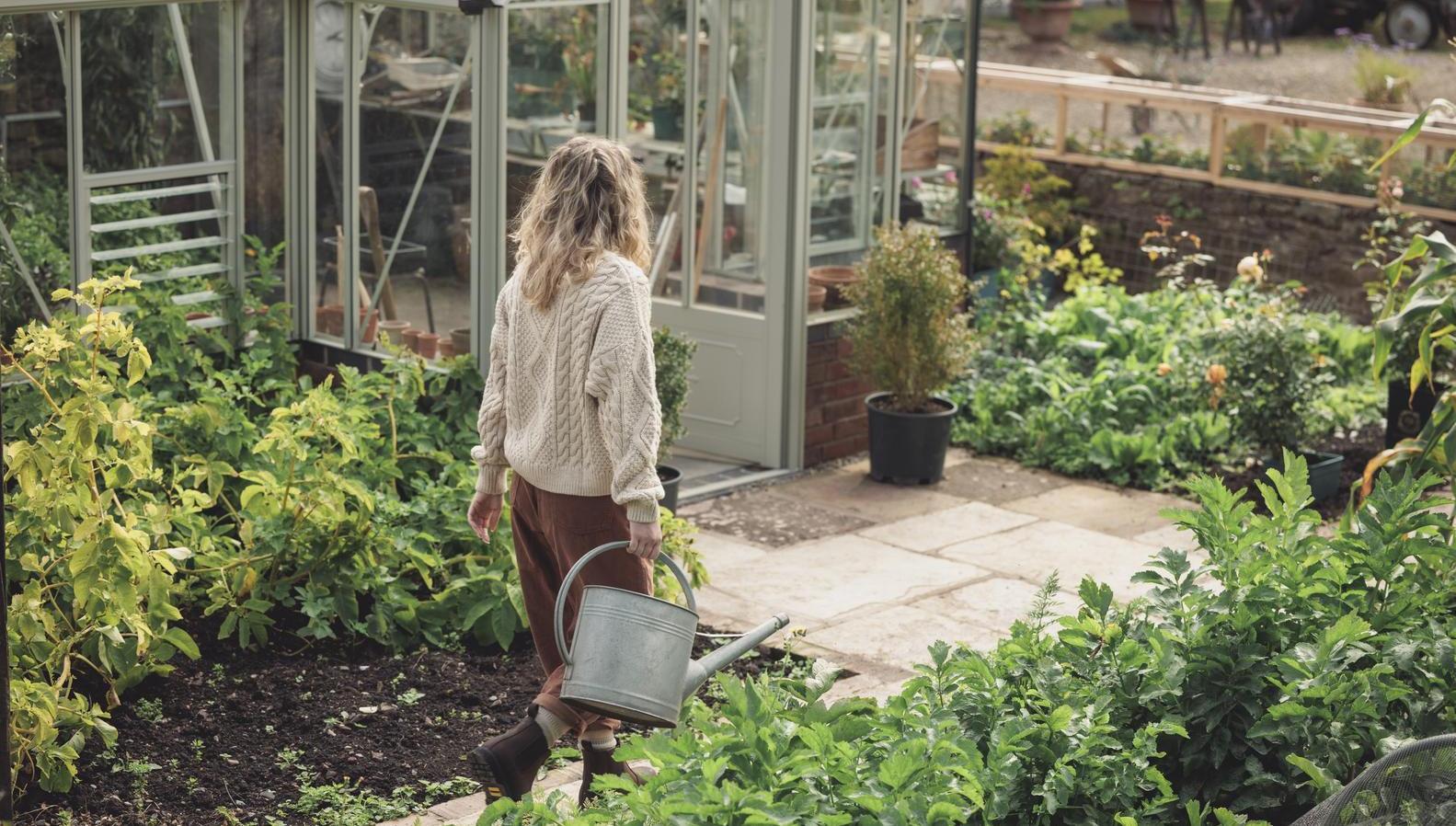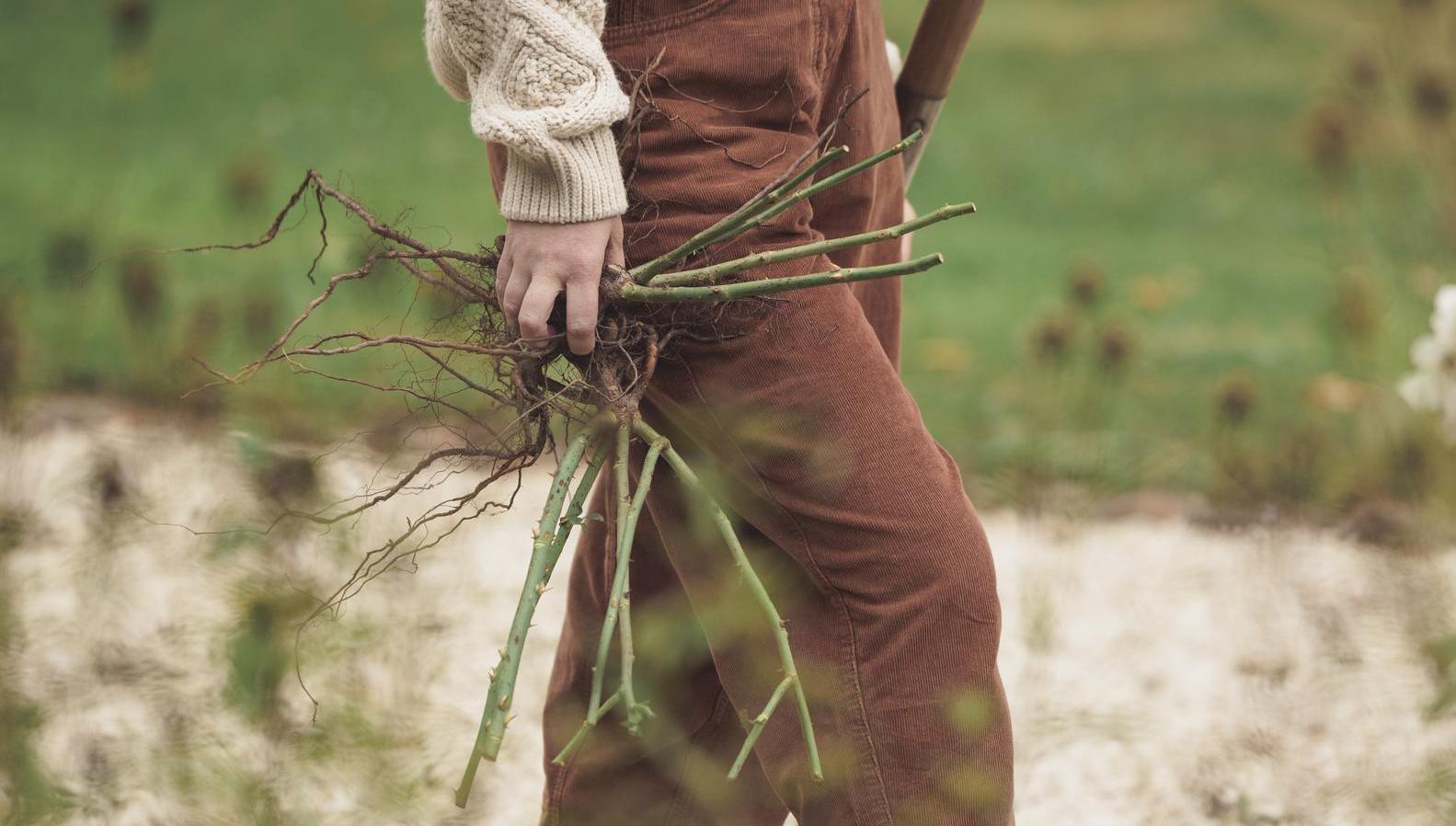Understanding Rose Fragrance in Early Summer
Walking through a rose garden and suddenly catching a beautiful scent can feel like a quiet moment of magic. Some roses seem to fill the air with perfume, while others remain nearly scentless. This difference is part of what makes rose fragrance so fascinating.
Rose scent isn’t constant. It changes depending on the time of day, the weather, and the rose variety itself. Early summer, around the longest days of the year, is often when many roses smell their strongest. The longer daylight and warmer temperatures encourage the plants to produce more of the natural oils that give roses their scent.
What’s more, scent connects us to something deeper. Unlike sight or sound, which we process in ways we can easily explain, scent has a way of bypassing reason and reaching into memory. A rose that carries the perfume of your grandmother’s garden, or a favourite childhood walk, can summon a feeling almost before you’re aware of it. It’s fleeting and hard to define, but all the more powerful for it.
Why Timing Matters
If you’d like to enjoy rose fragrance at its best, the time of day makes a big difference. In general, roses smell strongest in the early morning and again in the evening. The cooler air helps hold the scent, and the oils that carry the perfume are more concentrated.
During the heat of the day, these oils can evaporate quickly. That’s why a rose that smelled rich and lovely in the morning may seem to have no scent at all by lunchtime.
A Wide World of Scents
Roses are known for their perfume, but not all roses smell the same. In fact, English Roses offer a wide spectrum of scents, each with its own character. Here are some of the most common types: Old Rose, Fruity, Myrrh, Musk and Tea.
Old Rose - Rosa Gertrude Jekyll® (Ausbord) is one of the finest examples, known for its powerful and unmistakable perfume.
Fruity - Rosa Dannahue® (Ausa6b15) carries this vibrant, fruit-like fragrance beautifully.
Myrrh - Rosa The Generous Gardener® (Ausdrawn) is a good example of this rare and memorable fragrance.
Musk - Rosa The King’s Rose™ (Ausa27a16) embodies this style with elegance and subtlety.
Tea - Rosa Lady of Shalott® (Ausnyson) is one of the best examples, combining beauty with a delicately spiced tea aroma.
How Roses Know When to Release Their Scent
Roses don’t just respond to sunshine. Scientists have found that they also follow an internal clock - a kind of daily rhythm, much like our own. This clock tells the plant when to produce scent, usually at the same time pollinating insects like bees are active.
That’s why early morning and early evening often smell the most fragrant. The rose is releasing its perfume when it’s most likely to attract visitors.
Environment and Variety Both Matter
The strength and type of rose fragrance depends on both the variety and growing conditions. A rose’s genetic makeup controls which scent compounds it can produce. But sunlight, temperature and even humidity influence how strong the fragrance becomes.
This means the same rose might smell different in two gardens, or even from day to day in your own. Some roses release their fragrance more in the morning, while others might do so later in the day.
And perception itself varies. Not everyone experiences rose fragrance in the same way. One person may find the scent of tea roses easy to recognise, while another might detect nothing at all. This diversity is part of what makes exploring fragrance such a personal and rewarding journey. Sensitivity can also change with age or memory - certain notes might leap out because they remind you of something, while others remain elusive until one day they click.
It’s not just the petals that produce fragrance, either. While most rose scents originate in the bloom, musk comes from the stamens, and in some cases, the leaves or sepals contribute too. Rosa Eglanteria, for instance, is known for the sweet, apple-like scent of its foliage.
Tips for Enjoying Rose Fragrance
To enjoy fragrance at its best, walk through the garden in the early morning or as the sun begins to set. This is when the perfume lingers and hangs lightly in the air. Midday sun tends to disperse the scent quickly, especially on hot, dry days.
Explore many different roses to discover just how wide the spectrum can be. Some will call to you immediately. Others may reveal themselves only with time. And don’t worry if a particular note escapes you - some are subtle, and not every scent is meant for every nose.
The summer solstice often coincides with a natural high point in the rose season. Long daylight hours and steady warmth create ideal conditions for fragrance, encouraging roses to release some of their richest scents. Understanding how roses respond to light, temperature and time of day gives us a more rewarding way to experience them. With attention, we begin to notice subtle changes – how one variety releases its perfume in the morning while another holds it until dusk.
These differences are small, but they deepen our appreciation of what’s already there. Every rose has its own rhythm, and learning to read it is part of the pleasure. And within that rhythm lies something quietly powerful: the ability of a rose not only to scent the air, but to stir a memory, lift a mood, or bring a moment of peace.

